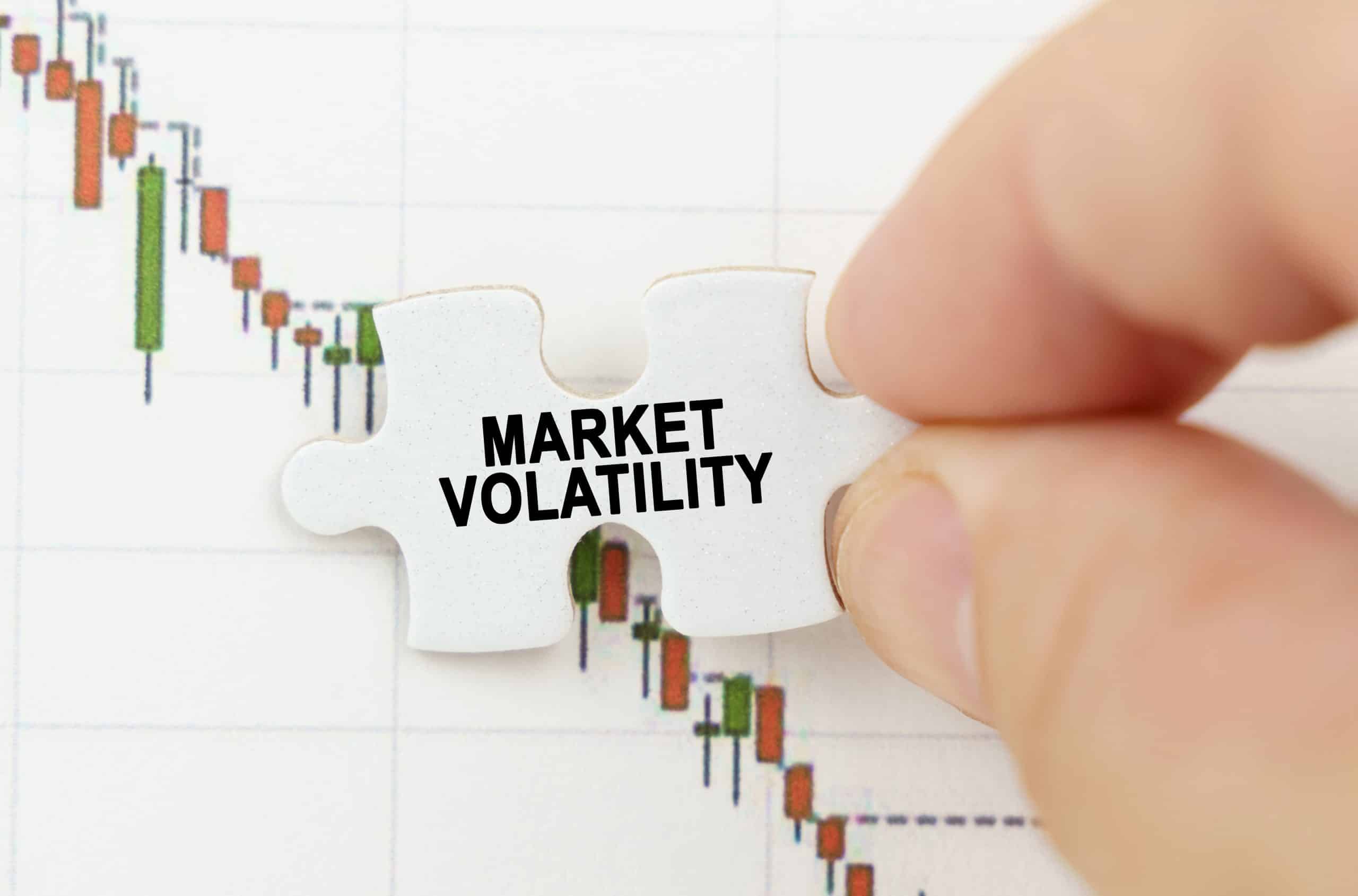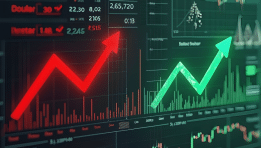In recent months, investor interest in VIX-based ETFs has surged, with persistent inflows signaling a sharp divergence between steady equity indices and underlying market concerns. As traders hedge against potential pullbacks and position for spikes in volatility, the question arises: Can volatility truly be leveraged as a productive component in your investment strategy—or is it simply a ticking time bomb?
This article explores how volatility instruments can be integrated into a portfolio, what mechanisms drive them, and what dangers investors should watch for when venturing into this high-risk corner of the market.
Understanding the VIX and Its Role in Markets
The VIX—developed by the Chicago Board Options Exchange (CBOE)—measures expected 30-day volatility in the S&P 500 index based on option prices. Known as Wall Street’s “fear gauge,” it rises during periods of heightened uncertainty and tends to fall during market calm.
Over the past decade, volatility-linked ETFs such as VXX, UVXY, and SVXY have become popular trading tools. But these funds are not built for passive, long-term investing. Most of them don’t track the VIX index directly but rather hold short-term VIX futures contracts—creating meaningful performance drag over time.
How VIX ETFs Work – and Why It Matters
Unlike traditional equity ETFs, volatility funds track futures contracts rather than a spot index. This distinction introduces a key structural challenge: contango. When VIX futures are in contango—meaning near-term contracts are cheaper than longer-dated ones—the fund must constantly “roll” its positions, selling low and buying high.
This rolling cost creates natural decay. Even if the VIX index remains flat, the ETF’s net asset value can erode over time due to these mechanics. That’s why volatility ETFs are not suited for “buy and hold” strategies unless there’s a near-certain volatility spike on the horizon.
Capital Flows into VIX: What the Market Is Signaling
According to recent data from ETF.com and Daily Chartbook, VIX-related ETFs have seen steady inflows even as the index itself has declined—suggesting that institutional and retail investors alike are bracing for increased turbulence.
This behavior signals a growing divergence: while major equity indices reach record highs, a segment of the market is betting on downside protection and a return of fear. Factors driving this sentiment include delayed Fed rate cuts, sticky inflation, and geopolitical uncertainty. VIX fund inflows often precede market volatility, acting as an early warning indicator of sentiment reversal.
Tactically Using Volatility in Your Portfolio
There are two primary use cases for VIX-related instruments:
First, as a hedge. For investors holding a long portfolio in equities, volatility funds can serve as insurance. Since the VIX typically spikes during market sell-offs, gains in these ETFs can partially offset portfolio losses.
Second, as a speculative trade. Traders anticipating sharp short-term market moves—such as during jobs reports, Fed meetings, or earnings volatility—may use VIX ETFs to capitalize on sudden spikes. However, this requires skill, timing, and a clear exit strategy.
Both approaches demand a firm understanding of how these instruments function and should never be used blindly.
Hidden Risks of Volatility Investing
The most overlooked risk is the constant decay built into these products due to contango. Even in stable markets, long VIX positions lose value over time. Without a significant spike in volatility, the odds are stacked against long-term profitability.
Additionally, there’s a structural asymmetry: volatility tends to spike quickly but fade slowly. This means that unless an investor enters early—before the surge—the opportunity can vanish in days. Late buyers often suffer immediate drawdowns.
There’s also precedent for disaster. In 2018, the infamous collapse of the inverse volatility ETF XIV wiped out billions in minutes. More recently, in 2024, short-volatility investors faced massive losses after a surprise market rout sent the VIX soaring. These events underscore that volatility trading is not for the faint of heart.
Is Volatility Coming Back?
The real question is not whether volatility will rise again—but when. With AI-driven optimism, tech-led rallies, and macro data still anchoring expectations, current sentiment remains bullish. Yet markets have a history of sudden reversals, and when fear returns, it often does so swiftly and violently.
From that perspective, VIX ETFs are not only trading vehicles—they are also a barometer of collective investor psychology.
Comparison, examination, and analysis between investment houses
Leave your details, and an expert from our team will get back to you as soon as possible
* This article, in whole or in part, does not contain any promise of investment returns, nor does it constitute professional advice to make investments in any particular field.
To read more about the full disclaimer, click here- orshu
- •
- 7 Min Read
- •
- ago 1 hour
 THE AMERICAS MARKET CLOSES IN THE RED, DRIVEN BY BROADER SELL-OFF
THE AMERICAS MARKET CLOSES IN THE RED, DRIVEN BY BROADER SELL-OFF
The final trading session of the week for the Americas' markets saw a broad decline, as a wave of selling
- ago 1 hour
- •
- 7 Min Read
The final trading session of the week for the Americas' markets saw a broad decline, as a wave of selling
- orshu
- •
- 6 Min Read
- •
- ago 2 hours
 U.S. Labor Market Weakens Sharply: Job Growth Disappoints, Prior Data Revised Down Heavily
U.S. Labor Market Weakens Sharply: Job Growth Disappoints, Prior Data Revised Down Heavily
The latest U.S. jobs report paints a troubling picture of the labor market's momentum. The economy added just 73,000 jobs in
- ago 2 hours
- •
- 6 Min Read
The latest U.S. jobs report paints a troubling picture of the labor market's momentum. The economy added just 73,000 jobs in
- orshu
- •
- 7 Min Read
- •
- ago 4 hours
 USA Rare Earth (USAR): A Strategic Bet on America’s Critical Mineral Independence
USA Rare Earth (USAR): A Strategic Bet on America’s Critical Mineral Independence
Initiation with a $16 Price Target — What's the Rationale? Cantor Fitzgerald has initiated coverage on USA Rare Earth (Ticker: USAR) with
- ago 4 hours
- •
- 7 Min Read
Initiation with a $16 Price Target — What's the Rationale? Cantor Fitzgerald has initiated coverage on USA Rare Earth (Ticker: USAR) with
- orshu
- •
- 6 Min Read
- •
- ago 4 hours
 ExxonMobil Q2 2025 Earnings: Operational Strength Amid Net Income Decline
ExxonMobil Q2 2025 Earnings: Operational Strength Amid Net Income Decline
ExxonMobil (NYSE: XOM) released its Q2 2025 earnings report, highlighting robust operational metrics and continued cost efficiencies, despite a notable
- ago 4 hours
- •
- 6 Min Read
ExxonMobil (NYSE: XOM) released its Q2 2025 earnings report, highlighting robust operational metrics and continued cost efficiencies, despite a notable












